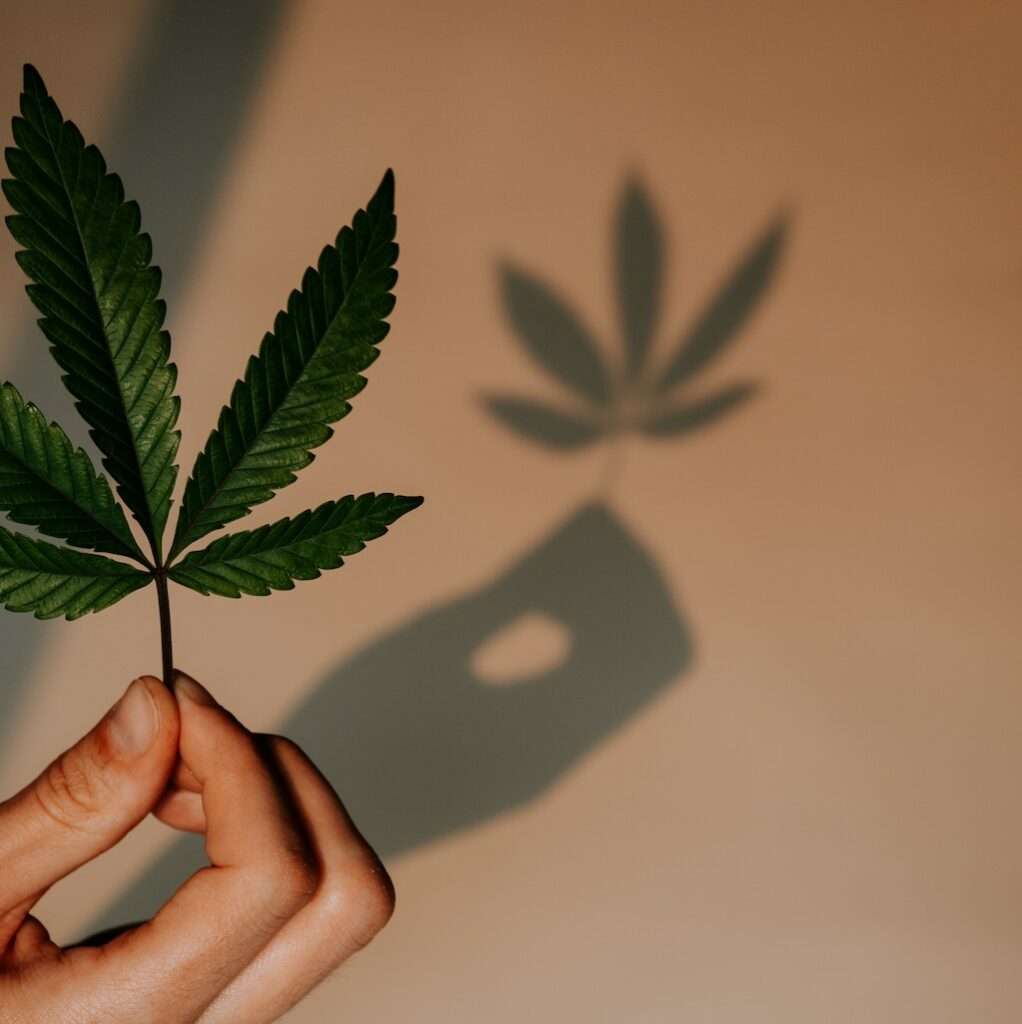The “cannaboom” is real as the legalization of medical and recreational cannabis spreads across the country. Can the industry keep up?
Cannabis is booming. In 2022, the market was valued at $16.7 billion and, according to experts, it will keep growing at a steady pace as the demand persists. With more states about to enter the game, we can expect the industry to reach $100 billion by 2030 in the U.S. alone. And even today the role of cannabis in the American economy is substantial as nearly $3 billion in cannabis retail taxes were received last year.
While the market evolves new trends start to shape the space and the ways retailers and other key players operate. To start, there is a growing interest in cannabis education. People want to make informed decisions when it comes to purchasing cannabis products: they want to know the benefits and contents of each specific purchase.

Another emerging trend is social equity and diversity: New York’s licensure process and the recent Bronx Cannabis Dispensary Showroom prove that cannabis is leading the charge. The focus on these issues will become greater and greater as the market pushes to expunge criminal records for cannabis-related offenses and provide support for minority-owned businesses.
The third trend impacting cannabis reality has to do with supply chain innovation. Product distribution inconsistencies, especially in newer, recently legalized states, and market clutter affect both consumers and businesses on a national level. The answer to this issue will be found in new technological solutions.
Let’s zero in on supply chain innovation
Each time a state legalizes cannabis, a myriad of supply chain issues can ensue, such as long-term product shortages, quick sell-outs, and excess product. The volatile supply chain is the result of how complex and overregulated the industry is, making it difficult to forecast how each unique market will react once sales kick-off.
All of these scenarios, of course, have a great impact on cannabis consumers. Disruptions in the supply chain also can result in higher prices, fewer product options and longer wait times. This means that consumers often find themselves buying something they don’t want and paying more money for it to boot. Consumers can consult third-party websites such as CannabisSensei.com which provide reviews and pricing information for top cannabis products before their purchase.
Industry leaders are well aware of these issues; however, available solutions don’t seem to do the job anymore. UPCs (Universal Product Codes), have long been the retail standard, but this tool doesn’t satisfy the cannabis industry’s specific demand for transparency, traceability, and authentication — all of which are especially important for complex unregulated markets.

Counterfeit and grey market products remain a big issue for the cannabis space, just look at New York and California. New York has seen an explosion of unauthorized shops and bodegas trying to get their piece of the revenue pie following the state’s legalization of cannabis. The same is true for California where legalization, astonishingly, caused a rise in the number of illegal cannabis farms that exploit workers, cause environmental damage, and aggravate criminal activity.
In search of alternative solutions for the market, supply chain technology companies are developing intelligent QR code systems that update product information in real-time and can be used by all stakeholders across the supply chain, from manufacturers to retailers to end consumers.
How do these codes help solve shortages? Well, they provide cannabis retailers and distributors with a way to better manage inventory. This includes having access to timely and accurate information on the product, its certificates of analysis, its adherence to relevant compliance requirements, and the whole history of the product from day one.
Having this information on hand allows for greater efficiency and ultimately safety. It also allows products to move quickly and cut costs. For cannabis users, scannable barcodes on packaging provide abundant information on the origin and properties of the product they are about to consume.

The cannabis industry has already been piloting new QR-style 2D barcodes, which many call the future of all retail. They provide consumers with information and security and revolutionize inventory management for businesses. This technology is so promising that mainstream retailers are now considering implementing it into their operations, in fact, there is a worldwide “Sunrise 2027” push to spread these barcodes in the next decade.
What’s next?
After three new states legalized adult-use cannabis in 2022, the total operating recreational markets now comprise 23 states.
With the spread of legalization, researchers are now able to look deeper into motivation and consumption patterns. For instance, according to a 2022 poll health and wellness are among the top goals of the majority of cannabis users, their main motives being relaxation, stress relief, better sleep, and pain management.
As such, the market needs to be ready with more efficient and transparent solutions to support people in their journey to emotional and physical well-being.
Filip Luneski is VP of Marketing at Lucid Green
Related on Ethos:


